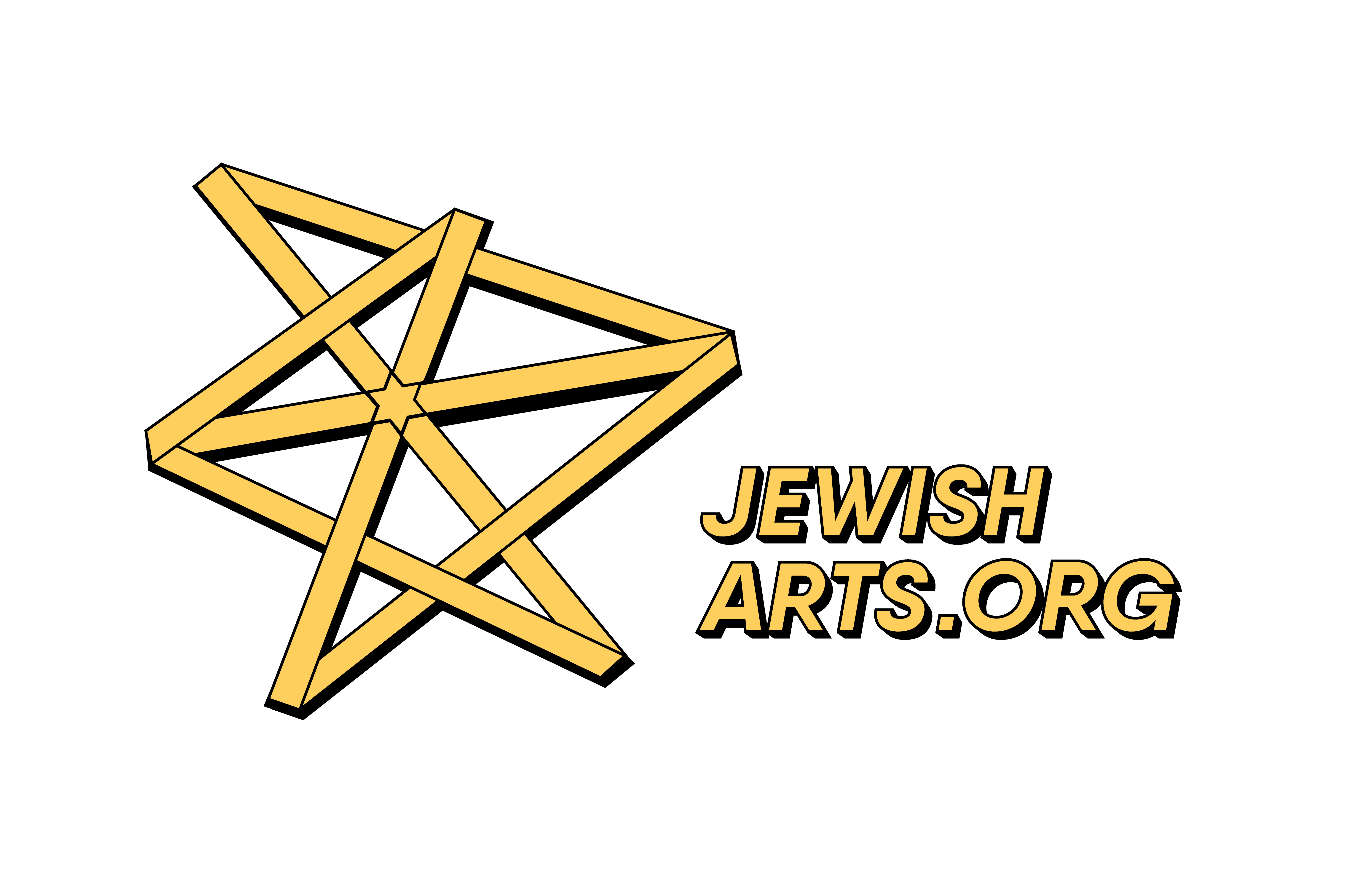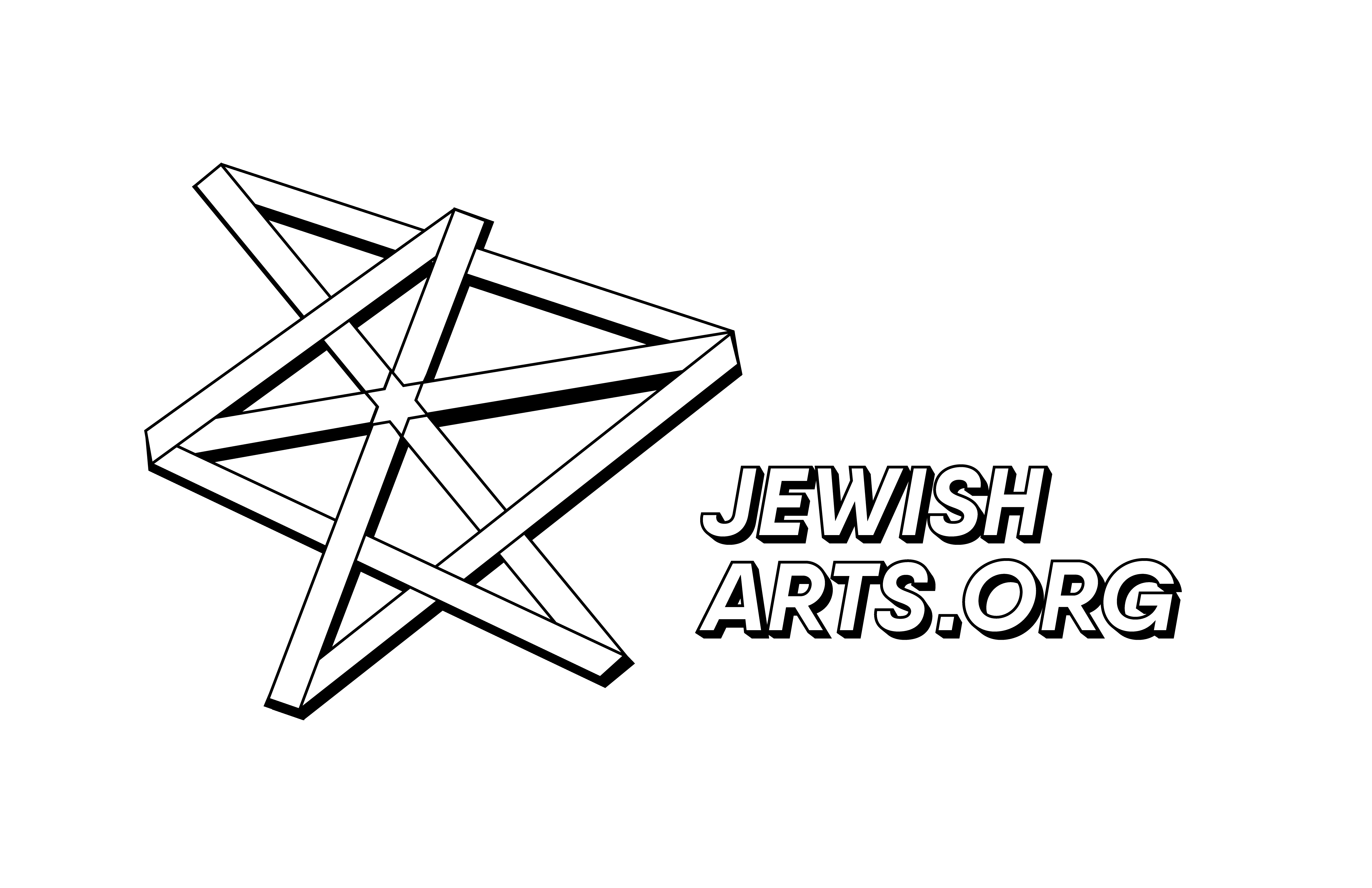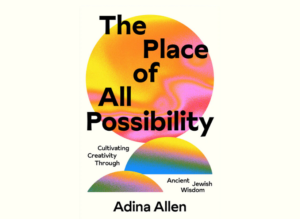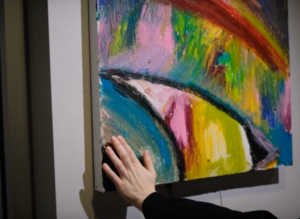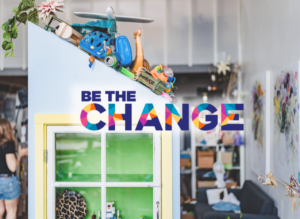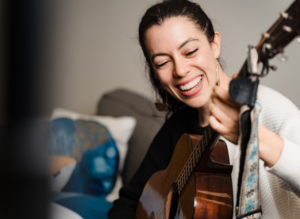What Americans Can Learn About People From Minority Cultures
Wen-Hao Tien's sculpture exposes perspectives that challenge and enrich our multicultural experience
Published Jul 25, 2023
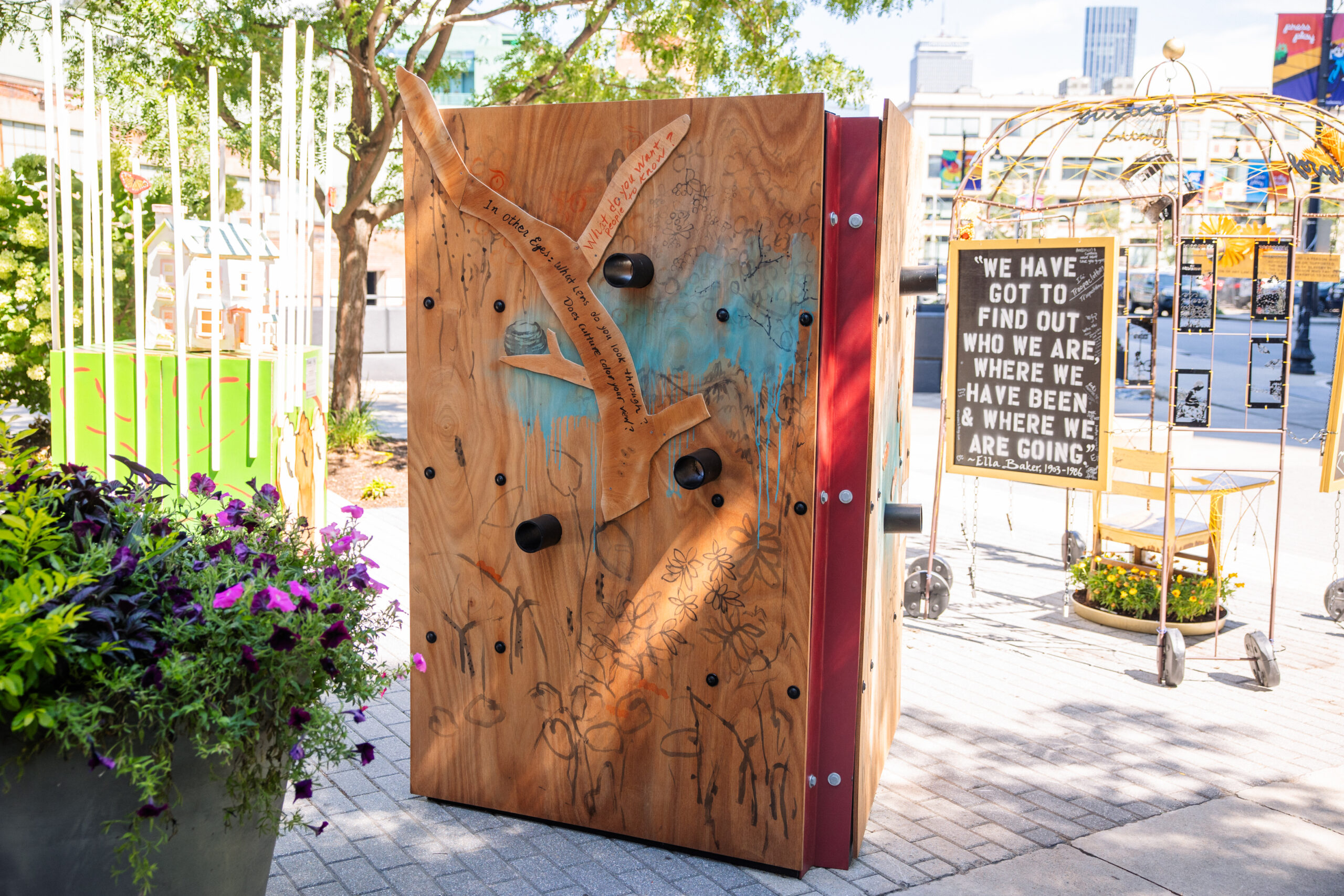
“In Other Eyes” intricately combines elements of an open book and a forest, symbolizing the diversity of cultures and languages within our society. Crafted from galvanized steel, laser-engraved marine plywood, PVC pipe, acrylic lens, and paint, the sculpture is not only visually striking, but also rich in symbolic meaning.
This sculpture has two sides: one side is an open book, and the other is a forest. This work celebrates and justifies the importance of players in our multi-cultural and multi-lingual society.
At the heart of the project lies a profound question posed to the multi-lingual young citizens of our society: “What should Americans appreciate about people from your culture?” The answers, inscribed in their original language and handwriting, adorn one side of the sculpture, resembling the pages of an open book. This celebrates and justifies the significance of individuals as active participants in our multicultural tapestry.
An equally crucial aspect of “In Other Eyes” is the inclusion of several periscopes. Each periscope lens is engraved with responses to the same question but from the minorities within minorities, providing a unique perspective on cultural appreciation. The sculpture challenges viewers to shift their perspectives and see the world through these lenses, offering a glimpse into the diverse realities experienced by different communities.
“In Other Eyes” serves as a catalyst for reflection and understanding in our diverse society. By encouraging individuals to engage with ethnic groups’ activities, participate in cultural programs, and appreciate unique expressions, the sculpture promotes respect and appreciation for diversity. The act of having dinner with neighbors who share special recipes from their homes becomes a tangible way to bridge cultural gaps.
“In Other Eyes” is not merely a static work of art; it is a dynamic reflection of the cultures and languages that define our society. Through its innovative design and interactive elements, the sculpture encourages viewers to embrace diversity, challenge their perspectives, and actively participate in creating a more inclusive community. As we engage with this artwork, we are reminded that appreciating and respecting the unique contributions of each culture enriches the collective experience of being part of a multicultural world.
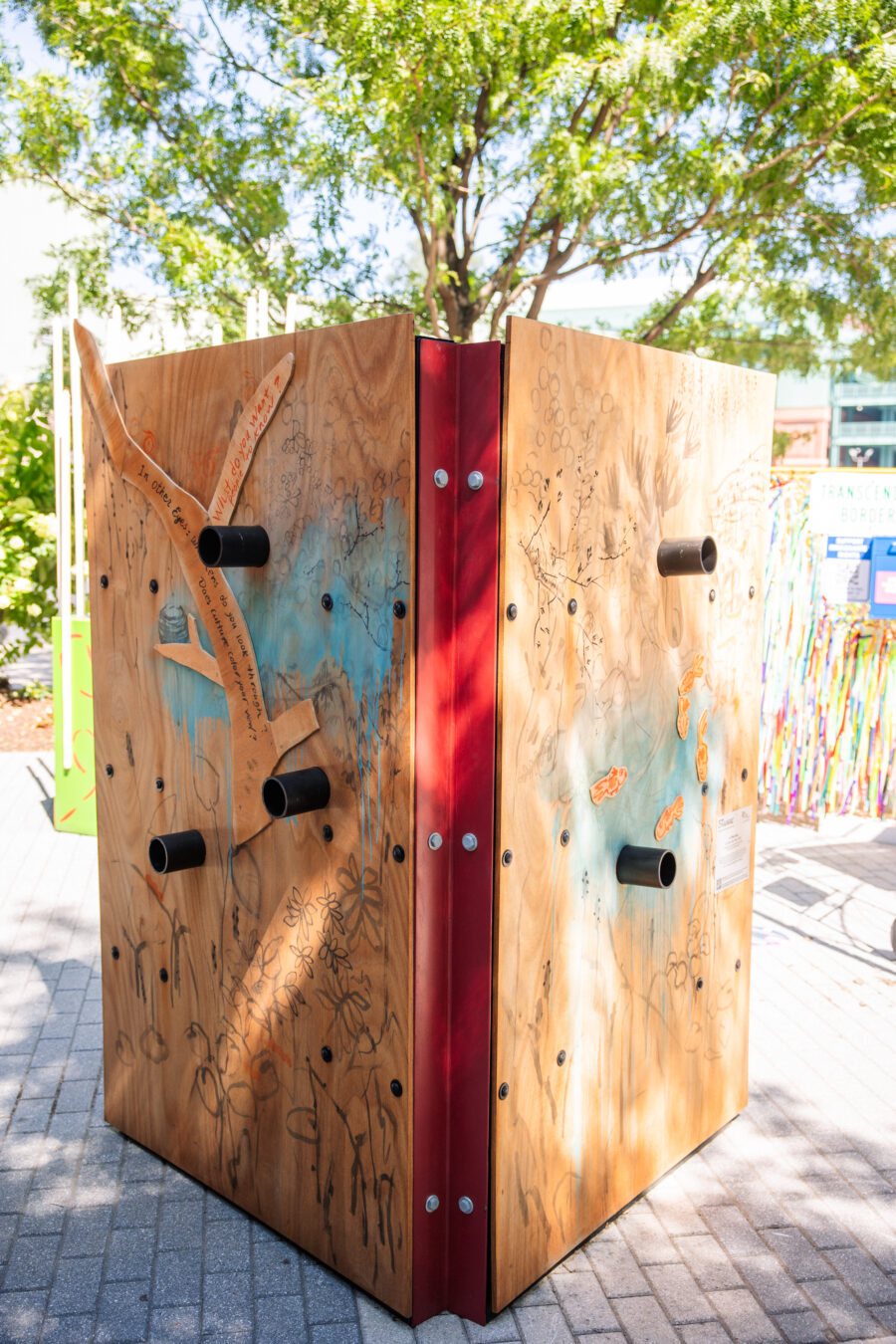

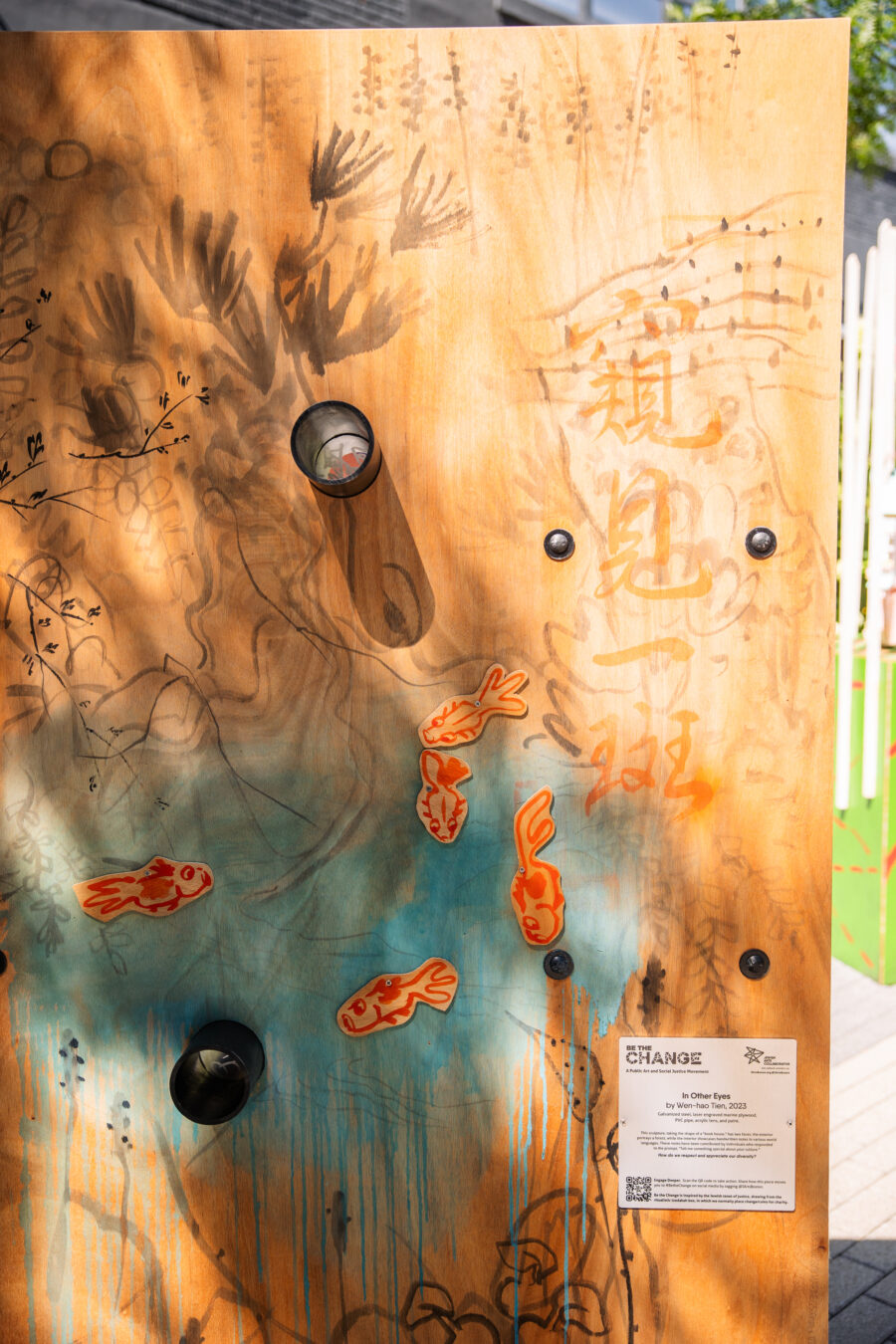
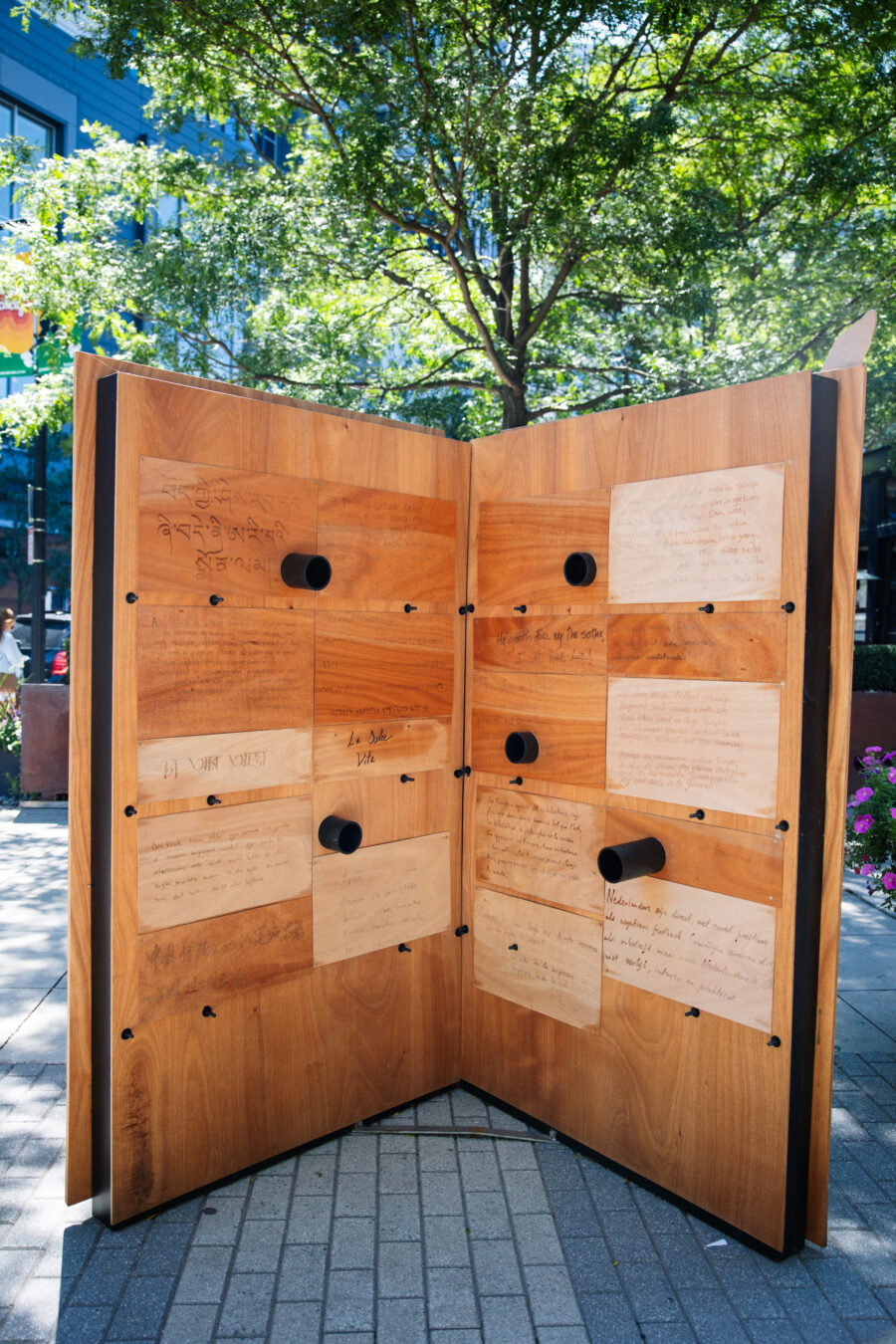
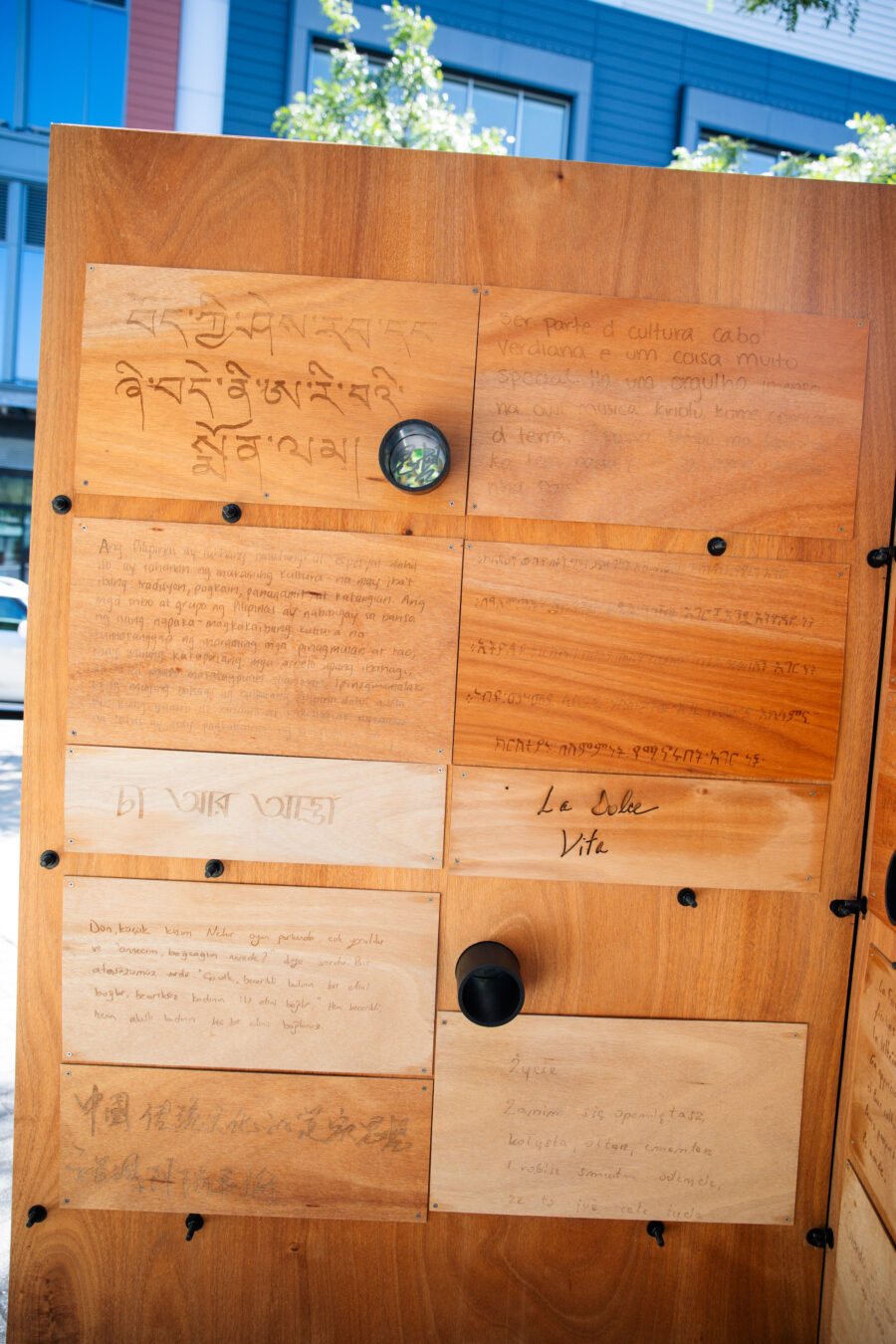
From Wen-Hao Tien’s exhibit, “What should Americans appreciate about people from your culture?” These answers are inscribed in their original language and handwriting. Learn what people from minorities within minorities would like Americans to appreciate about people from their cultures.
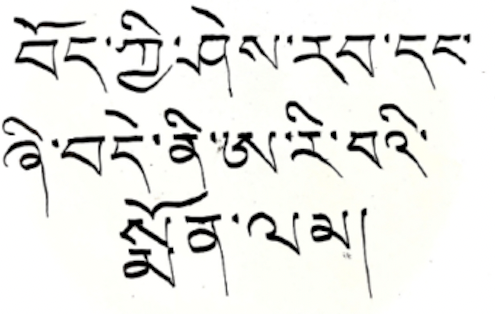


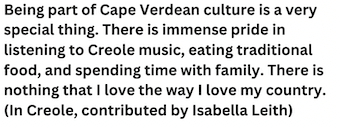
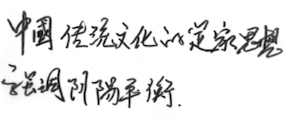

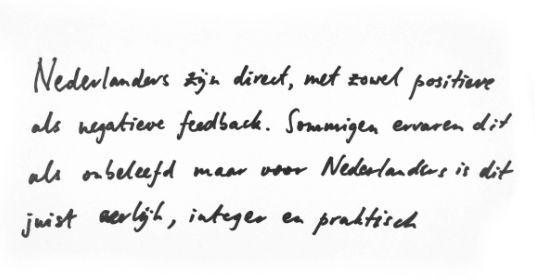

Hear From the Artist
Hear Wen-hao Tien discuss insights on fostering understanding in a compelling conversation with Ruth Messinger and Cheryl Cook; discover her conceptual approach in culture studies with an up-close look at her art piece; delve into the role of language in activism and Jewish tradition; and hear her discuss “shock” in public art, her outsider perspective, and cultural exposure.
JArts’ mission is to curate, celebrate, and build community around the diverse world of Jewish arts, culture, and creative expression. Our vision is of a more connected, engaged, and tolerant world inspired by Jewish arts and culture.
Reflections
1
How do the juxtaposition of an open book and a forest in the sculpture symbolically represent the diversity and richness of our multi-cultural and multi-lingual society? What emotions or thoughts does this combination evoke in you?
2
Reflecting on the idea of "In Other Eyes," describe an experience when you were encouraged to shift your perspective and look at the world through someone else's point of view. How did this experience change your understanding or perception of a particular issue?
3
The use of multiple languages and handwriting styles in the sculpture signifies the voices of multi-lingual young citizens and the communities they are a part of. How do you think this inclusion enhances the artwork's message of cultural appreciation? How can this art installation promote a sense of unity and understanding among diverse communities?
Want more?
Get curated JewishArts.org content in your inbox
